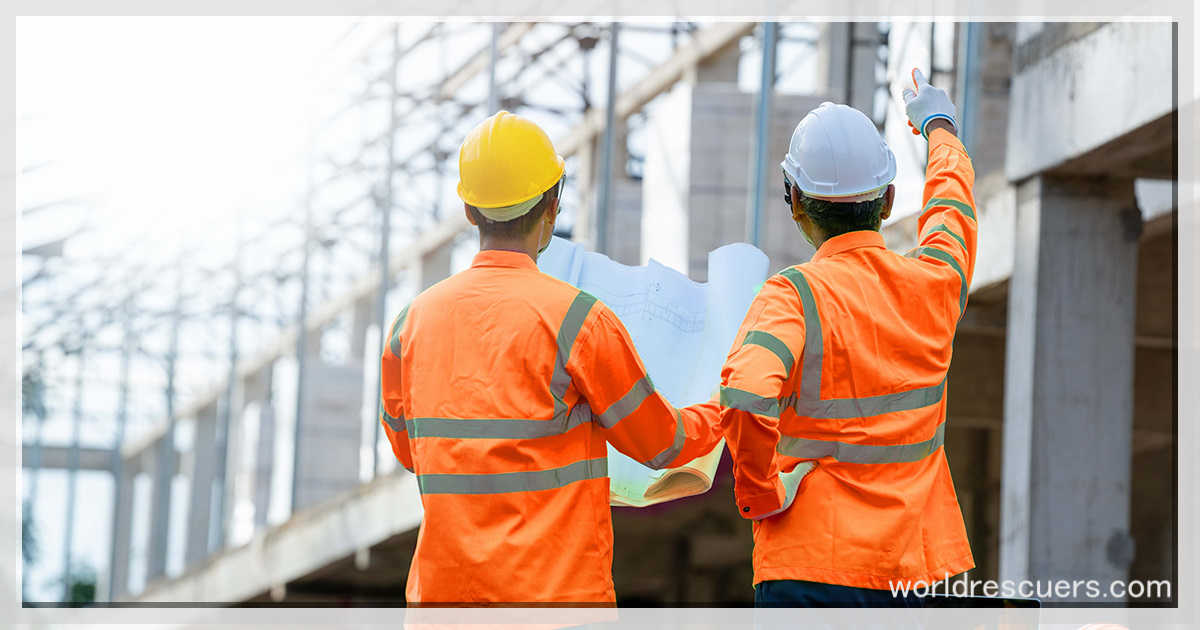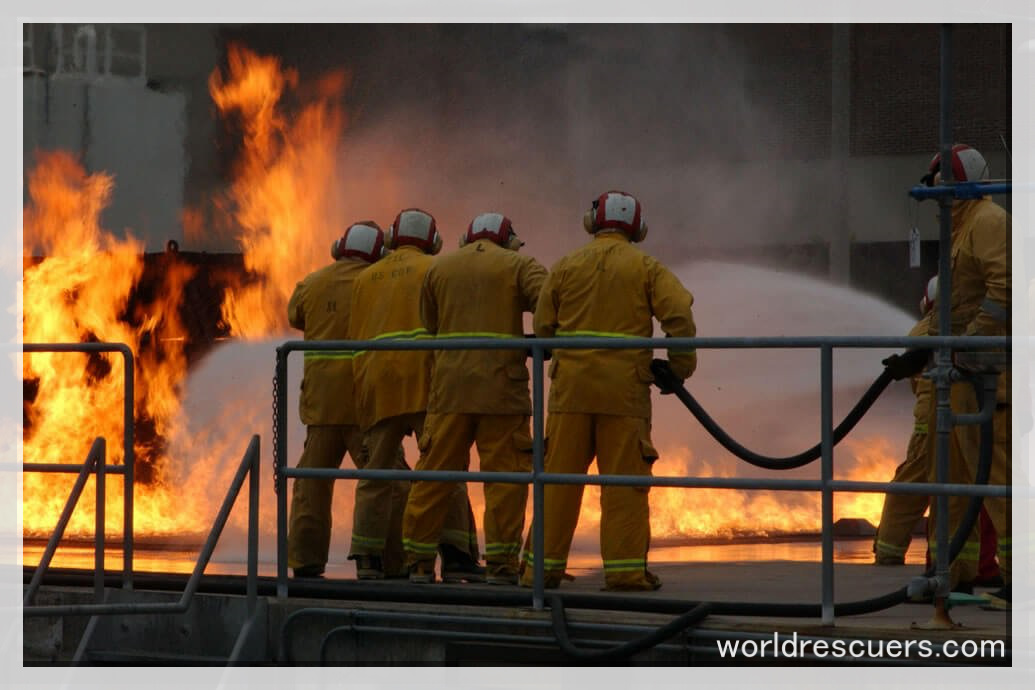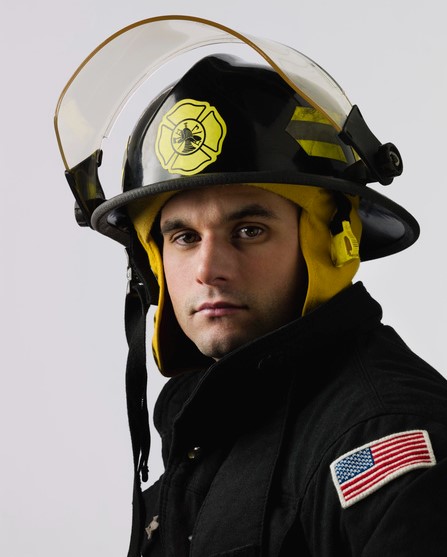
May not yet install and functioning Sprinkler systems, smoke detection, and fire alarms.
Rarely don’t hear about significant fires in buildings under construction, renovation, or demolition for more than a week. These incidents are more common than we realize. There have been several fires in recent months in Idaho’s commercial buildings, as well as in a former Sony Building in New Jersey and many apartment buildings across the U.S., including notable incidents in Las Vegas, Texas, and elsewhere. It all happens just because of the lack of Fire safety on construction sites.
The NFPA Report “Fires In Structures Under Construction or Renovation” reveals several important points about these types of fires.

- Between 2013 and 2017, local fire departments responded on average to 3,840 fires in buildings under construction and 2,580 in major renovations.
- 75% of all fires occurred in residential buildings under construction (e.g., apartments and condominiums).
Cooking equipment is the leading cause of fires at construction sites. - Two of the most common causes of fires in buildings undergoing major renovations are electrical distribution and lighting equipment.
- On average, fires caused by construction work result in four civilian deaths, 49 injuries, and $304 million of property damage. On average, eight civilians died, 52 were injured, and $104 million was lost in direct property destruction from fires that occurred in major renovations.
Proper safeguards could have prevented many, if not all, of these losses. NFPA 241: Standard to Safeguard Construction, Alteration, and Demolition Operations outline the measures that can take to prevent or minimize fire damage to structures while they are being constructed, altered, and demolished.
What Puts Construction Sites Risky?
Should educate contractors and fire departments about NFPA 241 requirements. It will allow them to manage and minimize the risk of costly and catastrophic fires at construction, renovation, and demolition sites. Can prevent these fires regardless of whether they are started by a poorly stored cigarette or improperly stored combustible materials.

According to NFPA, some of the most common risk factors for these buildings that are in a state or condition of incompleteness include:
- Construction sites may not have all the fire protection systems they will once complete. Fire alarms, smoke detectors, and sprinkler systems may not be fully operational.
- Construction sites are often insecure and vulnerable to trespassing. It can lead to theft, vandalism, and even intentionally setting fires.
- Common ignition sources at construction sites include equipment (e.g., heaters) and hot work (e.g., welding, cutting and grinding, soldering, or hot-tar roofing).
- Failure to adhere to NFPA 241 safety procedures by fire departments or building contractors can cause damage to the site and other buildings. It can lead to injury and death for firefighters, civilians, and site workers.
What fire personnel can not do for Fire safety on construction sites
Every department that has active construction sites should have a pre-fire plan. It addresses the following:
- How many types and numbers of fire apparatus would be required;
- How would these resources (personnel, equipment) be acquired? (e.g., personnel call-back, mutual assistance).
- Many fire departments have also initiated CRR programs in their local communities. These programs can only be successful if they involve several local agencies. It could include the local building and permitting department, the local risk manager, emergency management director, and trade units (if they are used for the project).
CRR opportunities from NFPA
Learn about CRR opportunities from NFPA 1300 Standard on Community Risk Assessment & Community Risk Reduction Plan Development. CRR is a process that identifies and prioritizes local risks. The integrated strategic investment of resources to reduce their impact and occurrence is what I recommend. It’s easy to see how a construction site can threaten a community.
Large-scale construction projects, especially those that use significant amounts of wood (e.g., multi-family dwellings, multioccupancy business structures). Pose a risk to the community if a fire breaks out and continues beyond the initial stage. Although firefighters know this, the general contractor and subcontractors may not.
It is one of the core tenets of CRR. Help identify the risk and work with them to mitigate it. It is an important step toward identifying risk and working with the project “owner” to mitigate the impact of a potential fire on a construction site. For fire safety on construction sites, firefighter must aware about it.
Meeting With a General Contractor
It is important to find out what demolition, construction, or renovation sites are currently active in your area before you begin planning. Next, meet with your general contractor to discuss the requirements of NFPA 241 and what they should do.
First, schedule an appointment. It is important to make an appointment.
Start by informing them that the most common causes of fires at new and renovated construction sites involve electrical distribution, lighting equipment, heating and cooking equipment, arson, and lighting equipment.
Then, share the following safety protocols to reduce fire risk:
Safety protocols
- You must ensure that temporary electrical service lighting is installed according to the National Electrical Code. Also, ensure that extension wiring is not used and maintained at a minimum.
- Interdict the use or modification of temporary cooking equipment. Such as hot plates and grills, or improvised heating devices to warm food on construction sites.
- You should ensure that temporary heaters that are not authorized are kept away from your worksite. Also, make sure that heaters allowed on your worksite are located at safe distances from combustible or flammable materials. Make sure that you follow the manufacturer’s instructions. Finally, ensure that heaters are regularly inspected to ensure they operate safely and are not a danger (such as being turned upside down).
- Hot work requires a permit system. It also requires a 30-minute cooling-off period after using a torch, burners, or soldering irons.
- If necessary, you can reduce the chance of arson by securing construction sites with fencing and other controls such as lighting or security personnel after-hours.

Based on the complexity and size of the project and the number of access points that may be under lock and key security. A Knox Box could be installed where keys, entry codes, and 24/7 contact information all be placed for the general contractor and their supervisors. Whether or not they install a Know Box, all fire engines that can respond to a site fire must have this 24/7 contact information. To combat the unwanted situation and fire safety on construction sites.
Construction site tactics and Fire safety on construction sites
Responding to a fire report at a construction site or renovation site should be prepared for any fire rapidly growing and moving in all directions.
These are key tactical considerations to make sure units respond quickly.
- Don’t be shocked. Prepare for an exterior fire attack.
- Once you are certain you have a fire, you should request additional resources. You risk your fire exploding too quickly and will not receive your additional resources in time.
- Implement your personnel accountability system, start building your ICS structure, and fill the Incident Security Officer position as soon as possible. Its necessary for fire safety on construction sites.
- Tactical leaders (e.g., crew leaders, division/group supervisions) should be firm in maintaining crew integrity and communicating key information to their overhead ICS position (e.g., conditions, progress with the assignment, and resource needs).
- Conduct the exterior fire attach with a fire apparatus as possible. Construction sites may have vehicles and equipment parked all over the place, limiting fire apparatus access to the area. You also want to quickly get fire apparatus out of the area if the fire overwhelms your fire attack capabilities.
- You should be prepared for radiant heat from the fire spreading to nearby structures. Before you start watering the fire, make sure that your water supply is protected.
- Big fires need ample water, including water supplies that are large in diameter from multiple water sources. Then, it is necessary to move to the “business end,” where firefighters can use large-caliber handlines, master streams devices, and elevated master streams.
- Establishing a zone of collapse for the structure involved as soon as possible is important.
Key Take a Ways
The impacts of construction site fires may have long-term, economic, and community-wide consequences. Must educate fire department personnel and contractors on NFPA 241.
Poor Richard wrote, “An ounce of prevention is more valuable than a pound cure.“

Hi, I am John Smit a Captain in Fire Department City of Newyork with over years of experience in the field of Firefighting and HSE. My passion for fire safety started when I was a young boy and witnessed a neighbor’s house go up in flames along with precious lives. Since then, I had dedicated my life to ensuring the safety of buildings, properties, and individuals in case of a fire and medical emergencies.


